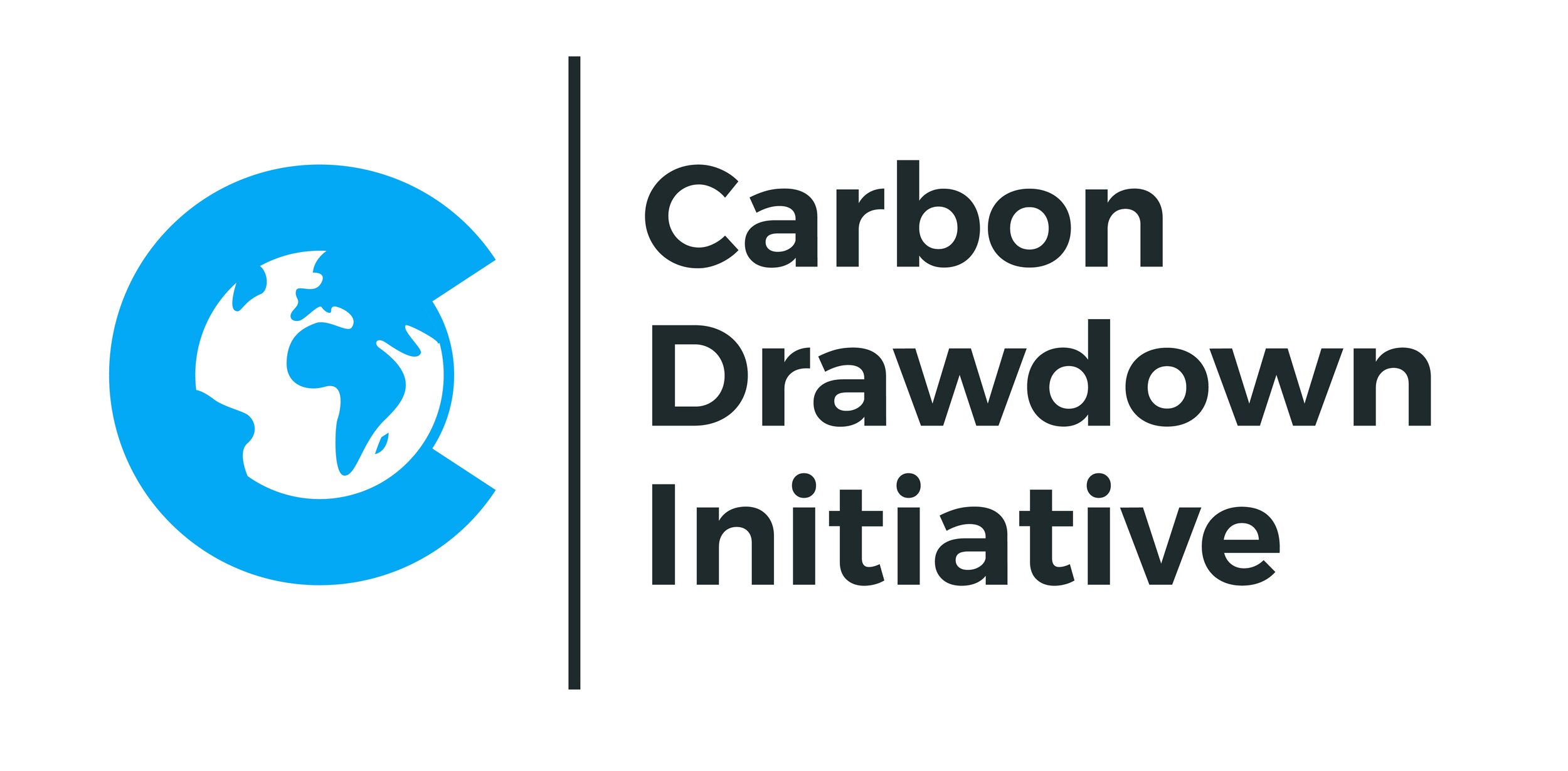CDR Estimates Using Leachate Alkalinity - An Update With Improvements And One Correction
(Image by DALL-E for Carbon Drawdown Initiative)
We update our document from 3 weeks ago about estimating carbon dioxide removal (CDR) by enhanced rock weathering (ERW) using measurements of alkalinity in leachate waters.
When we continued to work with the data for follow-up articles, we unfortunately found a mistake in one calculation. For full transparency we are documenting this error and some improvements to the uncertainty estimates in our update.
The two substantial updates are as follows:
We have improved our statistical approach to calculate reasonable estimates of the error ranges for the accumulated alkalinity data and added a nerd-note that explains this new approach in detail. This change in calculation of the data uncertainty did not affect the original results of our paper.
We found a bug in our code that converts the results of the alkalinity measurements (in mmol over time) into the equivalent CO₂ captured in tCO₂/ha over time: the initial version showed values x10 too high. Although the relationships between experiments did not change, the absolute numbers of captured carbon are now considerably lower (0.1-0.5 tCO₂/ha instead of 1-3 tCO₂/ha over 10 or 11 months).
The fact that neither one of us, nor anyone who read the first version and gave feedback on it, realized that the numbers of captured CO2 were one order of magnitude off shows how uncertain we all seem to be about the actual numbers of observable CDR effect we can expect over short time periods (here 11 months), and hence how important this work is.
There were no changes to the main hypothesis, theory or practical work besides these mathematical changes. However, since we were updating the document we also added the latest data from December to this report and edited the text for clarity here and there.
Please excuse our faux pas. On our mission “to speed up negative emissions” we are pushing for early, transparent and high-frequency publishing of our data so that they can be used by the entire ERW community. This means that we take the risk of having to correct ourselves as we learn more with time, but this risk seems reasonable as now it happened for the first time in 3 years.
Please download the new version of the paper from our original blogpost, for full transparency there is also a PDF with marked changes available.
To receive the next update of this story, please subscribe to our newsletter.
Update October 2024
After reading this blog post please also look at our blog article Why measuring alkalinity is not the same as quantifying HCO₃⁻ (How to avoid confusion about the seemingly straightforward use of alkalinity to quantify CO₂2 removal).

